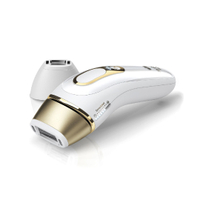The hairy bikini line is good for you and women everywhere—let's embrace the full bush, says our beauty ed
It's time to rethink the hairy bikini line with a brief history of the full bush, past and present
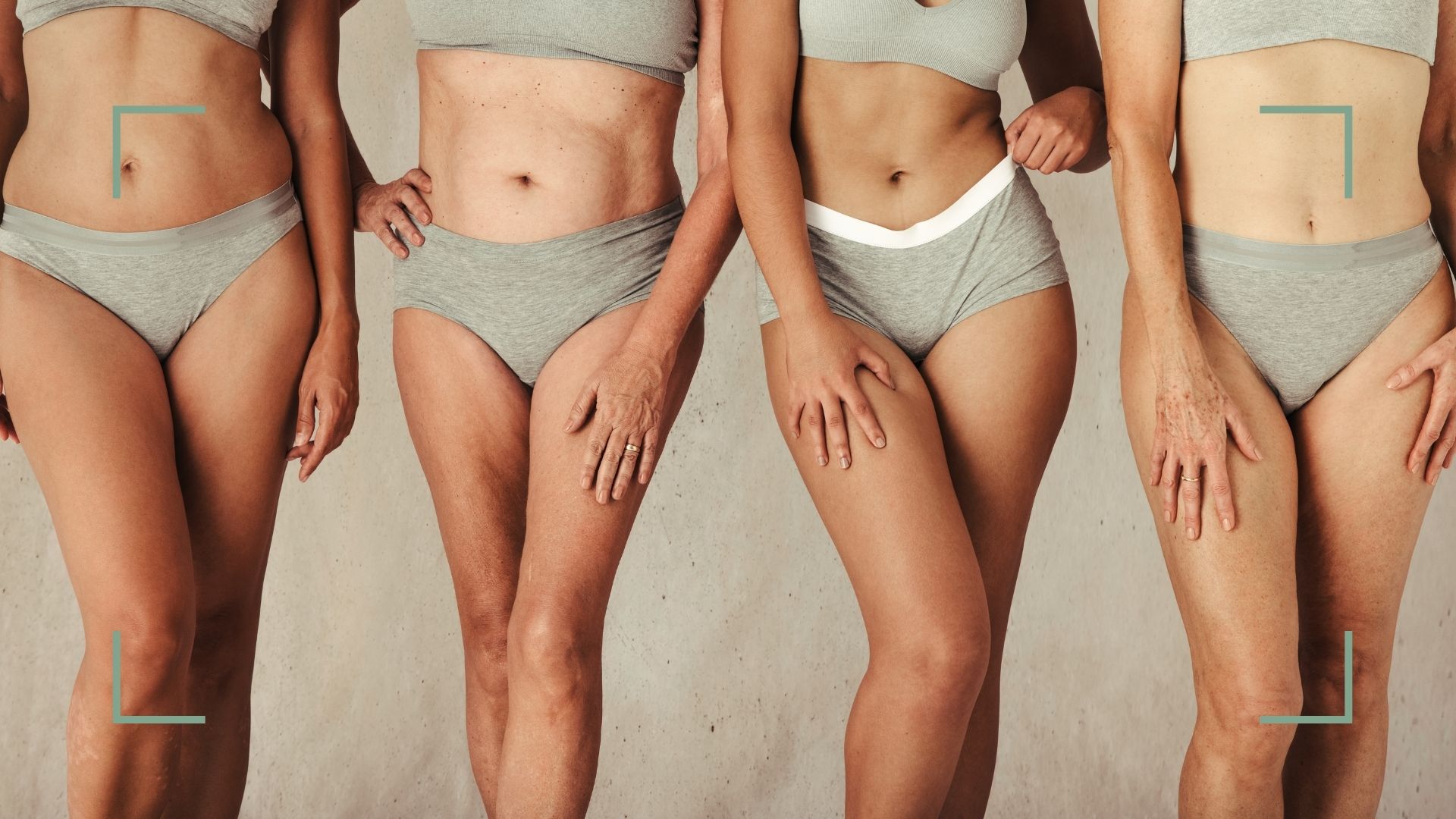

Here we are in year who-knows-what of the aftermath of The Thing we’re tired of talking about but still can’t stop thinking about. How are you doing? How is your hairy bikini line doing? Yes, that was a screechingly sharp left turn. But assuming your mental airspace is congested with matters large and small and you’d like a diversion from residual existential dread, let's talk body hair.
We're back in the world, the beauty spotlight is shining on which bits of our grooming routine we were secretly doing for others all along. Personally, heat styling my hair has been as zealously picked back up as it was dropped in March 2020. My home skincare routine has never been so extensive and, my god, I appreciate a professional facial now, while salon leg waxes remain usurped by the painless efficiency of going DIY with the best razors for women.
Overall, my beauty routine remains pared back, and—spoiler alert—it’s been liberating. That’s not to say you can’t genuinely love preening and find it cheering in these dour times, everyone's different. The point is, society has undergone a clearing of the smoke and mirrors between the beauty practices that uplift us and the ones that oppress us, and it’s interesting. Even more interesting are the bits we groom that other people (mostly) don’t even see. Did a legally-enforced breather on paying a stranger to rip out our pubic hair give anyone else a "what the hell was that for" moment? It certainly had me wondering why we wax our hairy bikini lines in the first place.
A brief history of the hairy bikini line
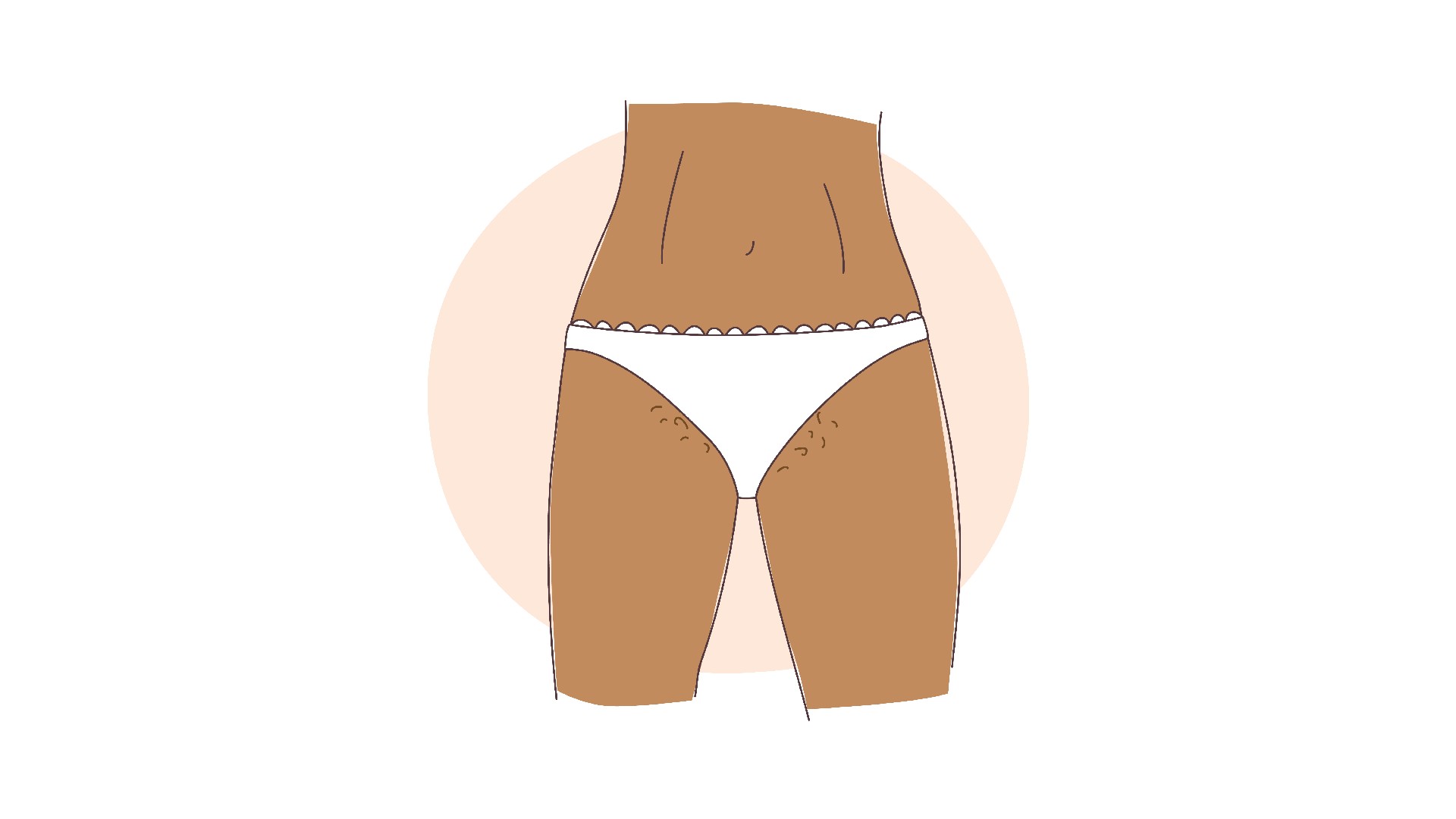
The hairy bikini line back in the day
Widespread bikini waxing may be a relatively modern phenomenon—and let's not even start on vajazzling—but body hair as the subject of nonsensical diktats isn’t. Women have been finding new and torturous methods of intimate grooming since the Egyptians (who used pumice stones) Classical-era Greeks (plucking) and Ancient Turkish women (an alkaline hair-melting concoction called rhusma—think Nair, 3000bc Edition). By the middle ages, a full bush was back for fashionable English women, albeit an artificial one to cover de-fuzzed nether regions as a lice-prevention measure. So if you ever wondered what on earth merkins were about, now you know.
Subsequently, the world ping-ponged back and forth telling women "be hairy" or "don’t be hairy" for centuries, until the early 1900s when two things happened: Gillette invented the first women's razor, and clothing became skimpier. As hemlines rose and the bikini was born, razor adverts kept up, informing women that their newly exposed flesh must be as smooth and shiny as a baby salmon.
The hairy bikini line in the modern age
A brief ‘70s pendulum swing dictated that the full bush was actually pretty groovy, baby, but the slippery slope to sleek hairlessness prevailed. This was almost certainly linked to a combination of capitalism—new hair removal technologies to sell, persuasive adverts telling us why we need them—and the early ‘90s waxing explosion, brought to New York’s J salon by a group of Brazilian sisters and immortalized in an episode of Sex and the City.
These days, much weight is given to the influence of internet pornography, and rightly so. Although arguably those most impacted are fairly young men and their partners, whose expectations of women’s bodies are shaped by porn well before they come into contact with an actual naked female. For the rest of us, it’s fair to say a slow drip-feed of hard sells, some centuries old, brought us to the point where for many, the prospect of going several months without a wax or go-over with the best bikini trimmer is a genuine source of panic.
Sign up to our free daily email for the latest royal and entertainment news, interesting opinion, expert advice on styling and beauty trends, and no-nonsense guides to the health and wellness questions you want answered.
Why you should let your garden grow
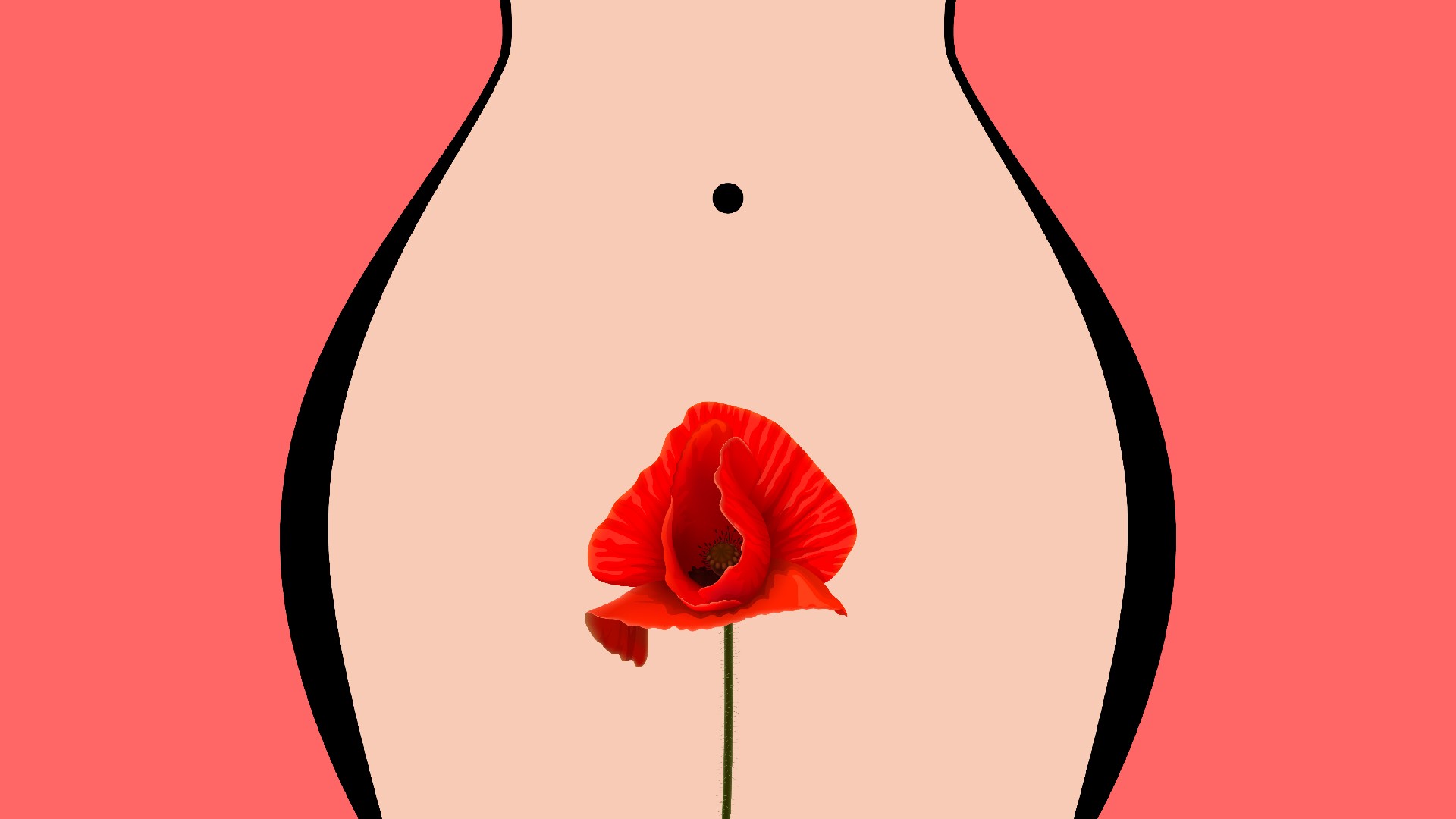
Look, the point with tending to a hairy bikini line, as with all beauty, is, absolutely do it if it makes you feel good. But also, interrogate that choice. The unfairness of the lifelong shave, pluck and rip-athon women are expected to carry out to make our bodies ‘acceptable’ is no secret. And despite articles surfacing every few years claiming The Bush Is Back (usually based on one rich, powerful, and conventionally gorgeous celebrity with a token sprout of fuzz) many of us can no more switch off the hardwiring that tells us a hairy bikini line = unattractive than the even more insidious one that says we should all strive to be a dress size smaller to achieve pretty privilege.
We can’t help how we’ve been conditioned, but we can acknowledge that conditioning and consider another road. Why not have a go at letting your garden grow? Just to see what it's like. You don’t have to go full 1970s bush, just a little fuzziness around the sides, a trim length but fuller shape, whatever you want. This is about choice and embracing low-stakes experimentation. You might find you love feeling a bit softer and waving goodbye to razor burn, ingrown hairs and all that fun stuff. If so—brilliant—you're liberated from the expense, pain, and general admin attached to a lifetime of battling your body hair with waxing, laser hair removal et al.
Whatever you do, I hope this brief deep dive into, well, the contents of your briefs has given you pause for thought or at least diverted you from the matters we could all use a break from. Say what you like about beauty, but there’s a lot to be said for a bulletproof distraction when we need it most.
Beauty ed-approved bikini line grooming buys
Tried a hairy bikini line and still not convinced? No problem, these are the gentlest and skin-friendliest ways to groom your intimate areas:

Gillette Venus for Pubic Hair and Skin | RRP: $14.99/£10
Specially designed to safely and gently groom a hairy bikini line, this has two ultra-sharp blades surrounded by irritation defense bars that ensure the blades won't come into contact with the skin and cause irritation. There's also a trimmer on the back for neatening things up before you shave.
Veet Sensitive Spray On Hair Removal Cream | RRP: $10.49/£7.49
Not up for the ouch factor of waxing or the risk factor of taking a razor to your hairy bikini line? This pain-free and gentle mist is one of the best depilators I've tried and a very effective solution.
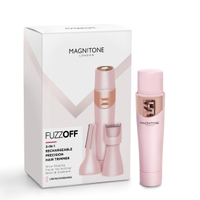
Magnitone 3-in-1 fuzz off Trimmer | RRP: $26.88/£26
Perhaps you're a moderate at-home trimmer type? In which case I can personally attest to the tidying powers of the nifty USB chargeable trimmer, which is also very useful on eyebrows and peachy facial fuzz.
Braun Silk-Expert Pro-5 | RRP: $329/£610
Short-term pain leads to long-term gain with this, our pick of the best IPL hair removal devices on the market. It has a small head attachment that's perfect to tackle a hairy bikini line, plenty of reassuring safety features and you can expect significant, lasting hair reduction after just a few sessions.

Avene Cicalfate + Restorative Protective Cream | RRP: $28/£8
Ultra-soothing, calming and antibacterial, this is the ideal product to use after sensitive area hair removal. It's also fabulous on very dry and cracked skin anywhere, chapped lips, or baby's skin. Have a tube on hand at all times.

As woman&home's Beauty Channel Editor, Fiona Mckim loves to share her 15+ years of industry intel on womanandhome.com and Instagram (@fionamckim if you like hair experiments and cute shih-tzus). After interning at ELLE, Fiona joined woman&home as Assistant Beauty Editor in 2013 under industry legend Jo GB, who taught her to understand ingredients and take a cynical approach to marketing claims. She has since covered every corner of the industry, interviewing dermatologists and celebrities from Davina McCall to Dame Joan Collins, reporting backstage at London Fashion Week and judging the w&h Beauty Awards.

